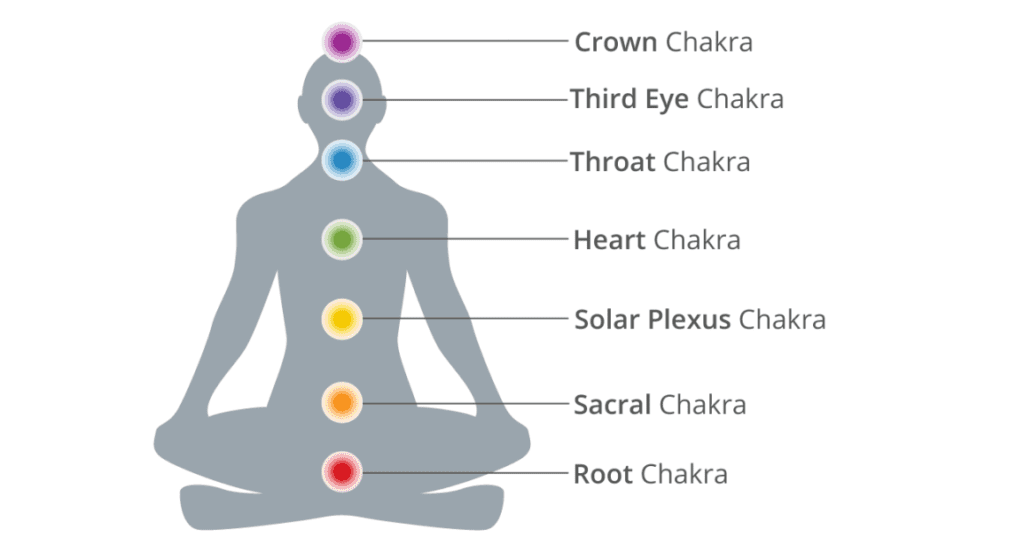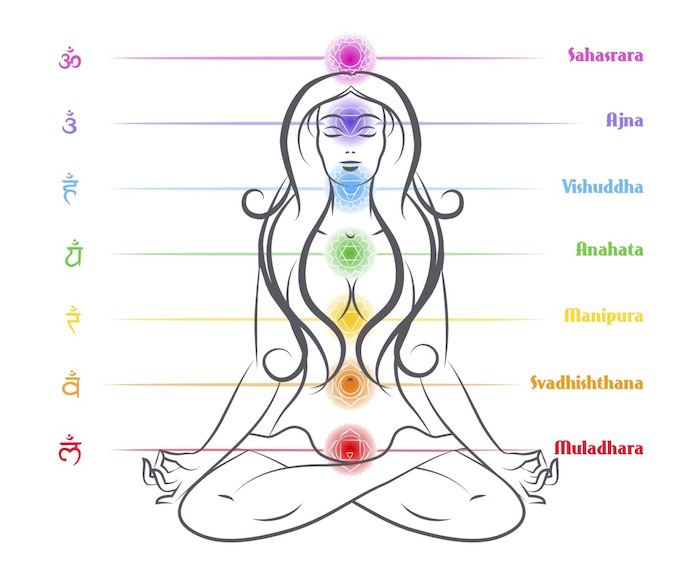Imagine a life in which your energy flows freely and harmoniously, radiating positivity and balance. This is the power of having all seven chakras open and aligned. When your chakras are open, you unlock the gateway to self-discovery, healing, and spiritual growth. It is like experiencing a beautiful symphony of energy within your being, where each chakra plays its own unique note, creating a harmonious melody that resonates throughout your entire existence. In this article, we will explore the transformative effects of having all seven chakras open, and how it can lead you towards a state of complete well-being and spiritual enlightenment. Get ready to embark on a journey of self-discovery and unlimited potential as we delve into the magical world of open chakras.
What are Chakras?
Chakras are energy centers within the body that are believed to correspond to different aspects of our physical, emotional, and spiritual well-being. The word “chakra” comes from Sanskrit and means “wheel” or “disk,” which represents the spinning energy within each center.
Definition of Chakras
Chakras can be described as spinning wheels or vortexes of energy that run along the spine, from the base to the crown of the head. There are seven major chakras, each associated with a different color and specific qualities. These chakras are believed to be interconnected and influence various aspects of our lives.
Overview of the 7 Chakras
- Root Chakra (Muladhara): Located at the base of the spine, this chakra is associated with stability, grounding, and survival instincts.
- Sacral Chakra (Svadhisthana): Situated in the lower abdomen, this chakra is linked to creativity, sexuality, and relationships.
- Solar Plexus Chakra (Manipura): Located in the upper abdomen, this chakra governs personal power, self-esteem, and confidence.
- Heart Chakra (Anahata): Found in the center of the chest, this chakra represents love, compassion, and emotional well-being.
- Throat Chakra (Vishuddha): Situated in the throat, this chakra is associated with self-expression, communication, and speaking one’s truth.
- Third Eye Chakra (Ajna): Located in the middle of the forehead, this chakra is related to intuition, clarity, and inner wisdom.
- Crown Chakra (Sahasrara): Situated at the top of the head, this chakra represents spiritual connection, consciousness, and enlightenment.
Effects of Chakra Imbalance
When the chakras are out of balance, it can manifest in various physical, emotional, and mental symptoms. It is important to be aware of these symptoms as they can provide valuable insights into which chakra may be imbalanced.
Physical Symptoms
Physical symptoms of chakra imbalance may include chronic pain, digestive issues, low energy levels, headaches, and weakened immune system. For instance, an imbalance in the root chakra might result in lower back pain or problems with the legs, while an imbalance in the heart chakra could manifest as respiratory issues or heart palpitations.
Emotional and Mental Symptoms
Emotional and mental symptoms of chakra imbalance can range from anxiety and depression to lack of motivation and difficulty in forming meaningful relationships. An imbalanced sacral chakra may lead to emotional instability and a lack of creativity, while an imbalanced throat chakra could result in difficulties expressing oneself or fear of public speaking.
Importance of Opening Chakras
Opening and balancing the chakras is essential for overall well-being and harmony. When the chakras are open and in alignment, energy flows freely throughout the body, promoting physical, emotional, and spiritual health.
Achieving Balance and Harmony
Opening the chakras helps to create a sense of balance and harmony within oneself. It allows for the integration of mind, body, and spirit, leading to a greater sense of well-being and inner peace. By ensuring that the energy centers are not blocked or overactive, one can experience a greater sense of stability and calmness in their daily life.
Enhancing Energy Flow
When the chakras are open, energy flows smoothly through the body, ensuring that every part receives the necessary life force energy. This enhanced energy flow can improve vitality, boost the immune system, and support overall physical health. Additionally, balanced chakras can also enhance intuition, promote clarity of thought, and deepen spiritual connection.
Understanding Chakra Opening
Opening the chakras involves a combination of self-reflection, mindfulness practices, and energy healing techniques. It is a process that requires commitment, patience, and a willingness to delve deep within oneself.
Process of Opening Chakras
The process of opening the chakras starts with self-awareness and identifying areas of imbalance. This can be done through meditation, introspection, and seeking guidance from experienced practitioners. Once the imbalances are recognized, specific techniques such as breathwork, yoga, sound therapy, and energy healing modalities like Reiki can be employed to restore balance and open the chakras.
Signs of Open Chakras
When the chakras are open and balanced, there are several signs that indicate their healthy state. These signs may include a feeling of being grounded and centered for the root chakra, heightened creativity and emotional intelligence for the sacral chakra, a strong sense of personal power and confidence for the solar plexus chakra, a capacity for love and compassion for the heart chakra, clear communication and self-expression for the throat chakra, enhanced intuition and spiritual awareness for the third eye chakra, and a deep connection to higher consciousness and universal energy for the crown chakra.
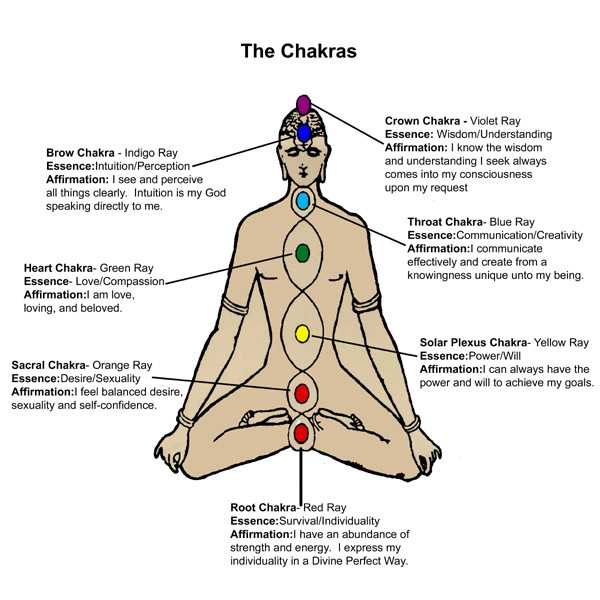
Root Chakra
Role and Location
The root chakra, also known as the Muladhara chakra, is located at the base of the spine. It is associated with grounding, stability, and our basic survival instincts. The root chakra acts as an anchor, connecting us to the earth and providing a foundation for the other chakras.
Characteristics of an Open Root Chakra
When the root chakra is open, you may feel a strong sense of stability, security, and being grounded. You are more likely to have a healthy relationship with your physical body and feel connected to the world around you. An open root chakra enables you to face life’s challenges with resilience and confidence, knowing that you are supported by the earth’s energy.
Sacral Chakra
Role and Location
The sacral chakra, known as the Svadhisthana chakra, is located in the lower abdomen, just below the navel. It is associated with creativity, sexuality, and our emotional well-being. The sacral chakra governs our ability to experience pleasure, enjoy healthy relationships, and express our authentic selves.
Characteristics of an Open Sacral Chakra
When the sacral chakra is open, you may experience a greater sense of creativity and find joy in expressing yourself artistically. Your emotions are balanced, and you have a healthy relationship with your sexuality. An open sacral chakra allows you to develop and maintain meaningful connections with others, while also honoring your own boundaries.
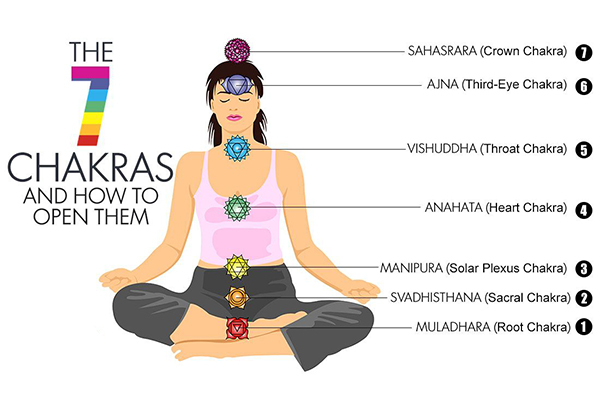
Solar Plexus Chakra
Role and Location
The solar plexus chakra, known as the Manipura chakra, is located in the upper abdomen, just below the sternum. It is associated with personal power, self-esteem, and confidence. The solar plexus chakra governs our sense of self-worth, inner strength, and ability to take action in our lives.
Characteristics of an Open Solar Plexus Chakra
When the solar plexus chakra is open, you feel a strong sense of personal power and self-confidence. You trust your instincts and have a clear sense of purpose. An open solar plexus chakra allows you to set healthy boundaries, make decisions with ease, and take action towards your goals.
Heart Chakra
Role and Location
The heart chakra, known as the Anahata chakra, is located in the center of the chest. It is associated with love, compassion, and emotional well-being. The heart chakra governs our ability to give and receive love, form deep connections with others, and experience empathy and compassion.
Characteristics of an Open Heart Chakra
When the heart chakra is open, you are able to give and receive love freely. You have a deep sense of compassion for yourself and others. An open heart chakra allows you to form meaningful and loving relationships, while also cultivating a sense of forgiveness and acceptance.
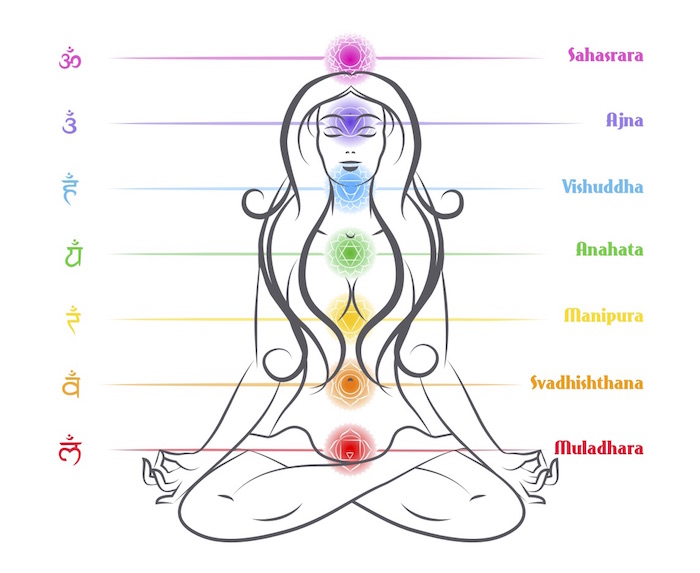
Throat Chakra
Role and Location
The throat chakra, known as the Vishuddha chakra, is located in the throat region. It is associated with self-expression, communication, and speaking one’s truth. The throat chakra governs our ability to effectively communicate our thoughts, ideas, and emotions.
Characteristics of an Open Throat Chakra
When the throat chakra is open, you are able to express yourself freely and authentically. You communicate your thoughts and feelings with clarity and ease. An open throat chakra enables you to speak your truth, assert your needs, and actively listen to others.
Crown Chakra
Role and Location
The crown chakra, known as the Sahasrara chakra, is located at the top of the head. It is associated with spiritual connection, consciousness, and enlightenment. The crown chakra governs our ability to tap into higher states of consciousness, connect with universal energy, and experience a sense of oneness with the universe.
Characteristics of an Open Crown Chakra
When the crown chakra is open, you have a deep spiritual connection and a profound sense of inner wisdom. You experience a higher state of consciousness and may have moments of divine inspiration. An open crown chakra allows you to transcend the ego and experience a deep sense of unity with all beings.
In conclusion, understanding the chakras and their role in our lives is essential for achieving balance, harmony, and optimal well-being. By opening and balancing the chakras, we can enhance our energy flow, promote physical and emotional health, and deepen our spiritual connection. Take the time to explore and nurture your chakras, and you will experience the transformative power they hold.
